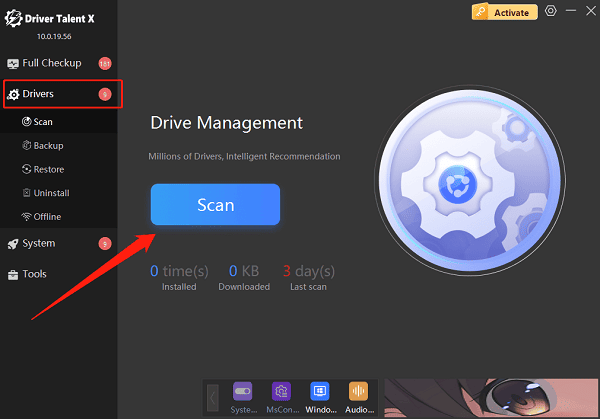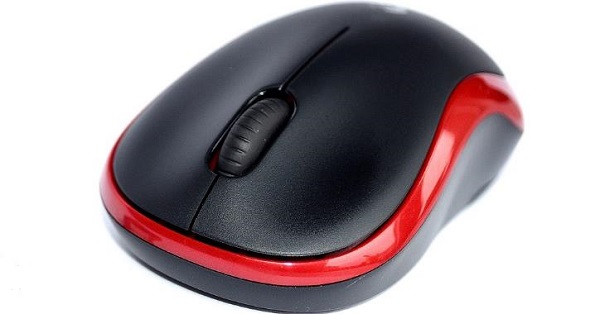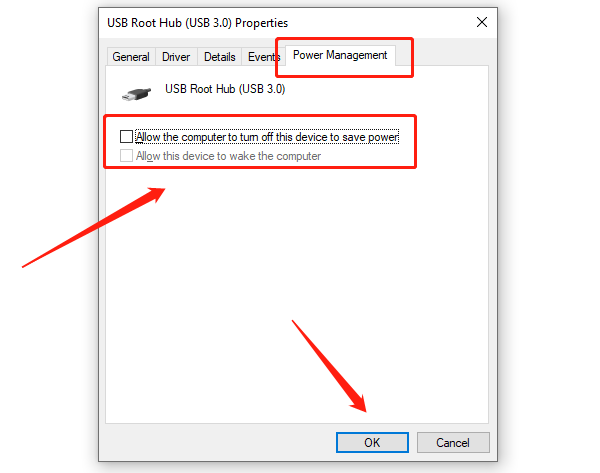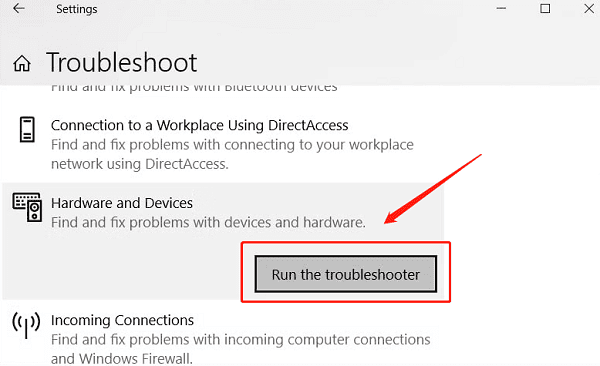USB wireless mouse are popular among Windows users for their convenience and flexibility. However, sometimes you may encounter issues such as the mouse not connecting, the cursor not moving, or laggy response, which can disrupt your daily work and activities.
This article will analyze the common causes of USB wireless mouse malfunctions and provide several practical solutions to help you quickly restore proper functionality.
1. Common Symptoms of USB Wireless Mouse Not Working
The mouse is not recognized by the computer; indicator light is off
Cursor won't move or moves erratically
Mouse clicks don't respond or are delayed
Mouse driver issues or a yellow exclamation mark in Device Manager
Mouse disconnects shortly after connecting
2. Possible Causes of USB Wireless Mouse Issues
Insufficient USB power supply or poor connection
Corrupted, outdated, or incompatible mouse drivers
Faulty or unstable mouse receiver
Low or dead mouse battery
Incorrect system settings (e.g., USB selective suspend, power saving)
Wireless signal interference from nearby devices
System hardware or software conflicts
3. How to Fix a USB Wireless Mouse That's Not Working
Method 1: Check Hardware Connections
Make sure the wireless mouse receiver is properly plugged into a USB port.
Try a different USB port, and avoid using USB hubs.
Check if the mouse battery still has power; replace it if needed.
Ensure the mouse is turned on and the wireless switch (if any) is enabled.
Method 2: Update Device Drivers
Driver issues are one of the main reasons why wireless mouse stop working. It's recommend to use Driver Talent X, a professional driver management tool that automatically detects, downloads, and installs the best-matched drivers for your system.
Download and install the latest version of Driver Talent X, then launch the software.
Go to the "Drivers" section and click "Scan". The software will check your system for driver issues.

Locate the mouse driver in the scan results and click "Upgrade".
Restart your computer after the update to ensure the driver takes effect.
Method 3: Reconnect the Wireless Mouse
Turn off the mouse and unplug the receiver. Wait a few minutes, then plug it back in.
Turn the mouse back on and attempt to re-pair it (some models have a pairing button).

Keep the mouse and receiver within a proper range and free from interference.
Method 4: Adjust USB Power Management Settings
Open Device Manager and expand "Universal Serial Bus controllers".
Right-click each USB Root Hub or USB Mass Storage Device and select "Properties".
Go to the Power Management tab and uncheck "Allow the computer to turn off this device to save power".

Save your changes and restart the computer.
Method 5: Run the Hardware Troubleshooter
Go to Settings > Update & Security > Troubleshoot > Other troubleshooters.
Find "Hardware and Devices" and click "Run the troubleshooter".

Follow the on-screen instructions to fix potential system issues.
Method 6: Check System Settings
Make sure Windows is fully updated and no important patches are missing.
Temporarily disable antivirus software and firewall to rule out software conflicts.
4. Frequently Asked Questions (FAQ)
Q1: The mouse light is on, but the cursor won't move. What should I do?
A: Restart the mouse and receiver, try a different USB port, update drivers, and check for wireless interference.
Q2: The computer shows the receiver as an unknown device. What should I do?
A: Unplug the receiver, restart the PC, and plug it back in. Update the driver or try a different USB port.
Q3: The mouse keeps disconnecting during use. How can I fix it?
A: Replace or charge the battery, make sure there's no obstruction between the mouse and receiver, and avoid interference.
USB wireless mouse issues can have many causes, but most can be resolved by checking hardware, battery, drivers, and system settings.
If you've tried all the above solutions and the problem persists, it's recommended to contact the mouse brand's customer support or seek help from a professional technician.
